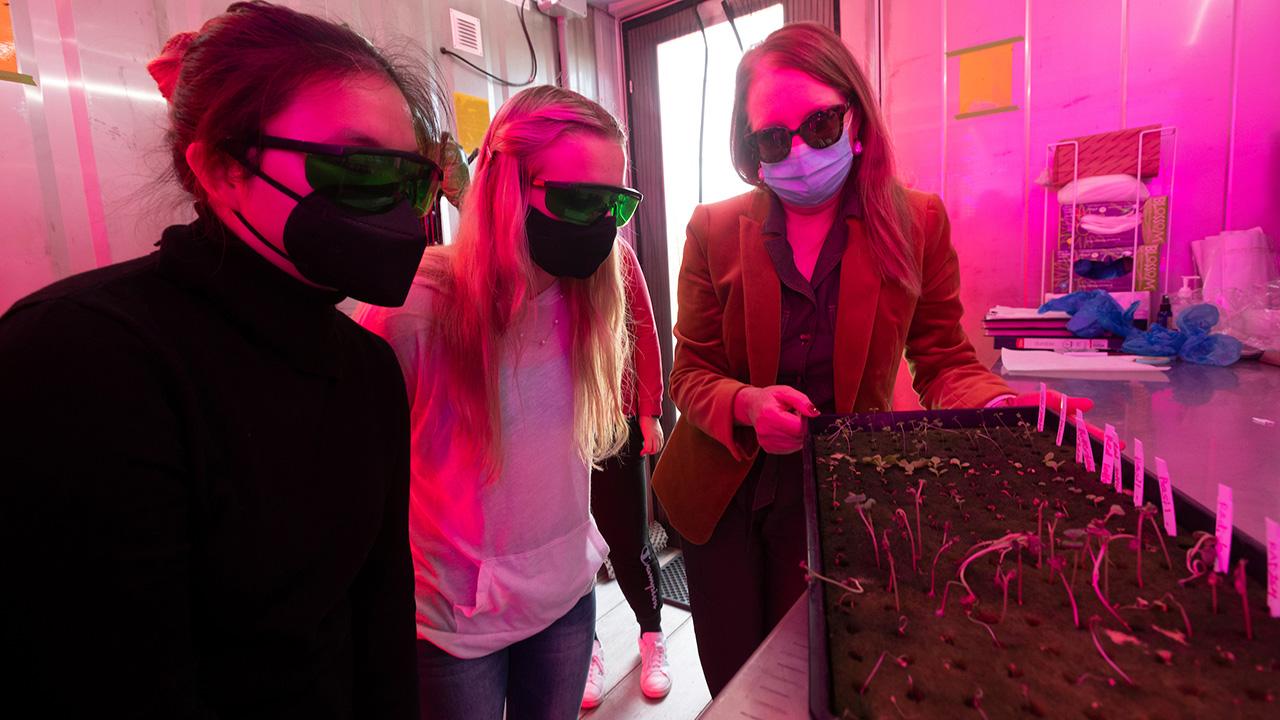
Vertical farming benefits, concerns explored by The Guardian
Taylor weighs in
You may already be eating leafy greens that grow without soil, sunlight or ever being touched by human hands. Vertical farming has gained interest from growers and major investors around the world as a way to provide nourishing food, especially in urban areas. Gail Taylor, a vertical agriculture researcher and chair of the UC Davis Department of Plant Sciences, offered this perspective in an article recently published in The Guardian:
Indoor farms "are never going to replace outdoor agriculture,” Taylor told The Guardian. “They’re only going to enhance it and make food supply systems better for the world.”
In this excellent article in The Guardian, California-based reporter Victoria Namking explores the benefits of vertical, indoor farms, how they operate and who is investing - a list which could surprise shoppers. She also discusses concerns about their use of energy and product cost. Regarding those objections, Taylor commented:
“Sometimes we forget all the consequential effects, like how many times you drive a tractor over a field or how many trucks you use to bring lettuce from the West Coast to the East Coast and fly food all around the world,” Taylor said.
Vertical farming: A help with drought
Taylor has been an advocate of high-tech, vertical growing facilities for cultivating leafy greens, especially as an answer to drought and the dearth of fresh, nourishing food grown in urban areas. Her research focuses on watercress and lettuce, using genomics to figure out how to make these greens even more nutritious, and to heighten the anti-cancer properties of watercress in particular. Taylor sees such innovations as a way to assure food security amid climate change.
Taylor’s lab developed the world’s first mapping population of watercress. Her team also works on developing leafy greens that grow in a way best suited for mechanical harvesting, and vertical indoor urban farming.
Related links
Vertical, indoor farming boosts yield and anti-cancer nutrition of watercress
Media Resources
Trina Kleist, tkleist@ucdavis.edu, (530) 754-6148 or (530) 601-6846.
